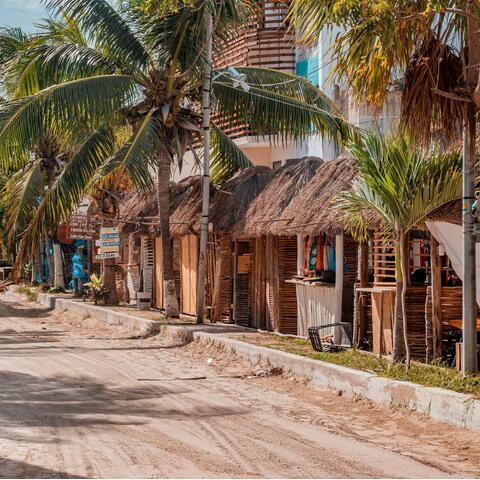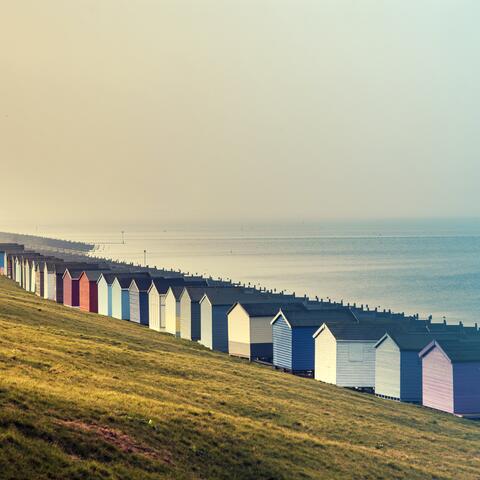
Palawan
Philippines
Palawan is a postcard-worthy paradise akin to those you'll find on a glossy holiday brochure, yet has somehow managed to stay somewhat under the radar. This is a landscape characterised by rock-strewn coves, sugar-white beaches and hypnotically warm waters, where days are best spent paddling in El Nido Marine Park's lagoons. Bed down at Pangulasian Island, where you'll find your own slice of nirvana in the form of a sleek private pool and sweeping sunrise views. Early risers should kayak out to the marine sanctuary, then, back at base, take advantage of the in-room massage service.















